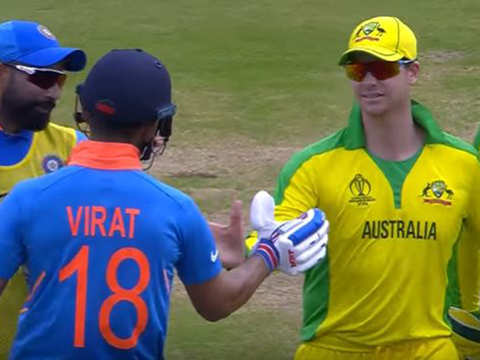In the ever-evolving world of cricket, technological advancements have become an integral part of the game. Among these advancements, the Decision Review System (DRS) has emerged as a game-changing innovation that has revolutionized the way decisions are made on the field. In this blog post, we’ll delve into the intricacies of the DRS, its impact on the game, and how it has transformed cricket as we know it.
The Birth of DRS
Before we dive into the impact of the DRS, let’s take a brief look at its origin. The Decision Review System was first introduced in Test cricket in 2008. It was designed to reduce the margin of error in umpiring decisions by utilizing technology like ball-tracking and Hot Spot. Over the years, it has been implemented in various formats of the game, including One Day Internationals (ODIs) and Twenty20 Internationals (T20Is).
Enhancing Umpiring Accuracy
One of the primary objectives of the DRS is to enhance the accuracy of on-field decisions. In the pre-DRS era, umpires often had to rely on their judgment alone, which could lead to human errors. With the DRS in place, players are given the opportunity to challenge on-field decisions they disagree with.
The use of ball-tracking technology, also known as Hawk-Eye, has been instrumental in determining the trajectory of the ball and predicting its path had it not been interrupted by the batsman’s body or equipment. This technology has provided a more comprehensive understanding of whether a delivery would have hit the stumps, thereby assisting in LBW (Leg Before Wicket) decisions.
Controversies and Debates
While the DRS has undoubtedly improved decision-making accuracy, it has not been without its share of controversies. The system has raised questions about its reliability and the consistency of its outcomes. Critics argue that the technology used in the DRS can sometimes be fallible, leading to incorrect decisions. Additionally, the use of DRS has ignited debates about player tactics and when it should and shouldn’t be employed.
A Strategic Tool for Teams
One of the most intriguing aspects of the DRS is how it has become a strategic tool for teams. Captains and players must make careful decisions about when to use their allotted reviews. Misjudging a crucial moment can result in a lost opportunity to challenge a decision later in the game.
Furthermore, the DRS has added an element of drama to cricket matches. The anticipation and suspense as players and fans await the outcome of a review have become an integral part of the modern cricketing experience.
Umpire’s Call and Its Controversy
One of the most debated aspects of the DRS is the concept of “Umpire’s Call.” In situations where the on-field umpire’s decision is reviewed and the ball is shown to be hitting the stumps but only partially, the original decision stands. This has sparked heated discussions about whether the on-field decision should have more weightage.
Proponents argue that the on-field umpire’s judgment should be respected, while critics believe that if the technology indicates the ball is hitting the stumps, the decision should be overturned regardless of how much of the ball is in line with the stumps.
Evolution of DRS
The DRS has evolved significantly since its inception. It has incorporated new technologies like Snickometer and Hot Spot to enhance its accuracy further. The inclusion of Real-Time Snicko, which provides audio evidence of a snick, has been a major leap forward in detecting edges.
Moreover, advancements in UltraEdge technology have made it possible to determine if the ball has made contact with the bat or pad, even in cases where there is minimal visual evidence. These developments have made the DRS a more comprehensive and reliable tool for decision-making.
A Level Playing Field
One of the most significant impacts of the DRS is that it has leveled the playing field for teams. In the past, visiting teams often had to contend with biased decisions in favor of the home team, which could significantly impact the outcome of matches. With the introduction of the DRS, decisions are made based on objective technology rather than subjective judgment, reducing the chances of bias.
The Human Element
Despite the advent of technology, the human element remains an essential part of cricket. Umpires play a crucial role in the game, and while the DRS has improved accuracy, it has not completely eliminated the need for on-field officials. Umpires are still responsible for various aspects of the game, such as calling no-balls and overseeing the conduct of players on the field.
Conclusion
The Decision Review System has undeniably transformed the landscape of cricket. It has enhanced the accuracy of on-field decisions, added strategic depth to the game, and made cricket more fair and equitable. While it has faced its fair share of controversies, the DRS has firmly established itself as an essential component of modern cricket.
As technology continues to advance, we can expect further refinements and improvements to the DRS, ensuring that it remains a game changer for years to come.



